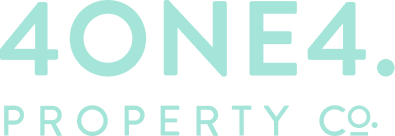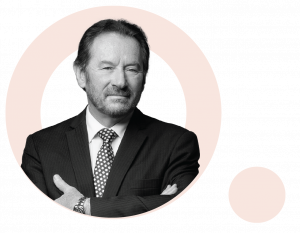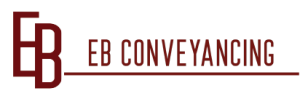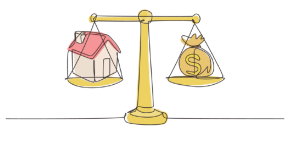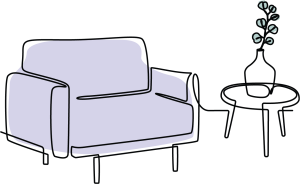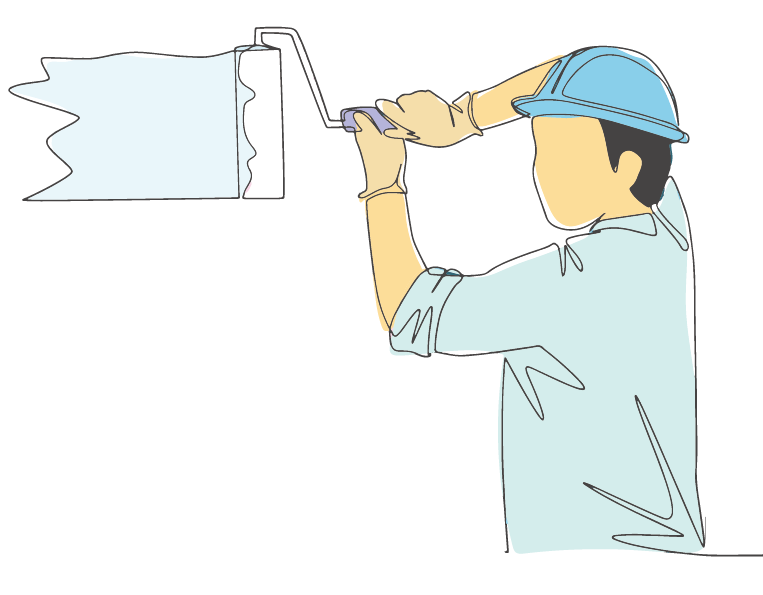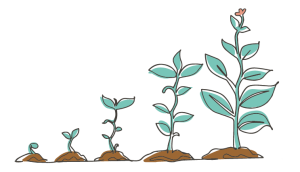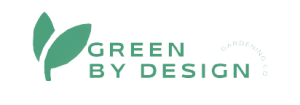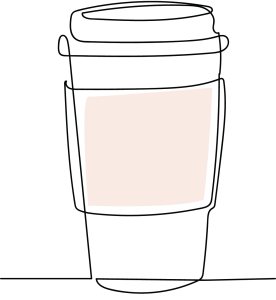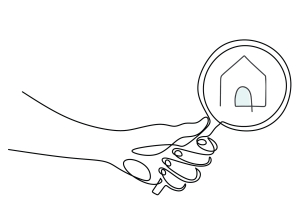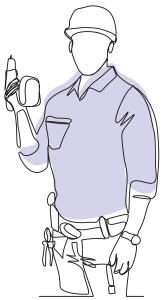The recent National Australia Bank (NAB) Residential Property Survey indicated that the housing market in Australia has already passed its peak in the past quarter.
In general, market data revealed that house prices are continuously slowing, market sentiments are easing, and construction approvals are falling–including in Tasmania (TAS). To add, the housing market confidence level in most areas started to fall, too.
While still maintaining its position above the survey average, national housing market sentiment has declined in the 3rd quarter of 2021. In figures, the Property Index–which is used to measure the national housing market sentiment–has decreased from a survey high of +71 pts in Q2 to +60 pts in Q3. Even if housing markets are still looking strong from here, market data show that house price growth and sales are subsiding.
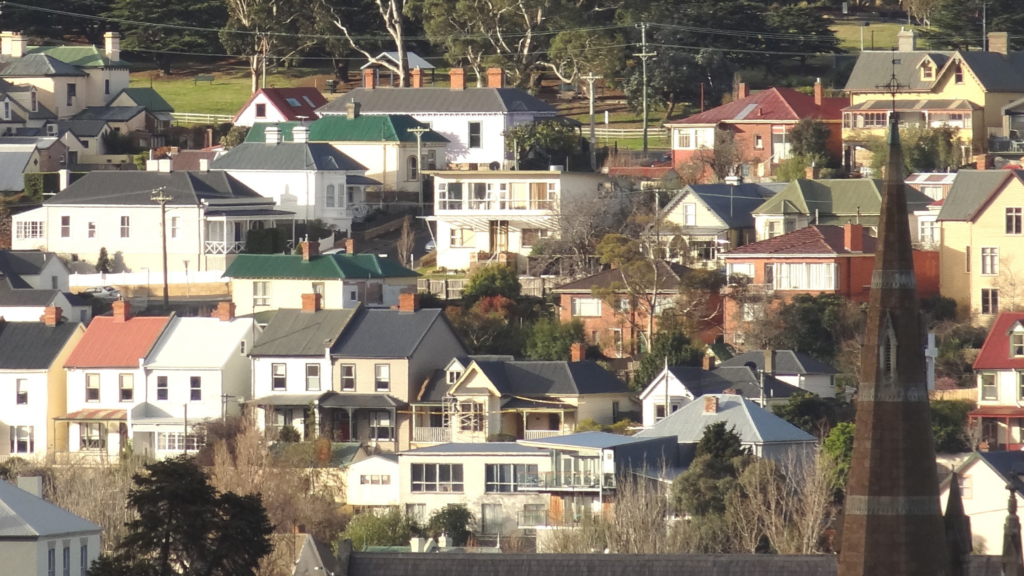
Residential houses around Hobart, Tasmania
The same is true in most parts of the country, excluding SA which climbed from +63 pts to +71 pts and ACT which rose from +50 pts to +88 pts. Tasmania’s sentiment, on the other hand, softened from +75 pts to +50 pts–the second-lowest next to VIC (from +58 pts to +44 pts) which also falls below the national average.
Hence, market confidence, according to property professionals, decreased, too.
“In Q3, the 12-month confidence measure fell for the second consecutive quarter to +62 pts (+73 pts in Q2) and the 24-month measure to +59 pts (+64 pts in Q2) – though both measures continue to trend well above average.”
For the next 12 months, housing market confidence levels were projected to be the highest in the ACT (+100 pts) and NT (+83 pts). Meanwhile, professionals are eyeing a sharp decline in TAS (+44 pts) which can possibly replace VIC (+48 pts) as the least confident state.
In terms of house price, the average survey expectation eyes for growth over the next year. Overall, survey respondents expect a rise of 4.3% (previously 4.2%) over the next 12 months and a slightly faster growth in 2 years’ time (from 3.5% to 3.8%).
Despite these figures, respondents see a shrinking value–instead of growth–in TAS. From the previous survey, it was forecasted that Tasmania will grow by 3.8%, however, the recent survey says that it will instead cut back to 3.1% which was also the lowest compared to all the other states.
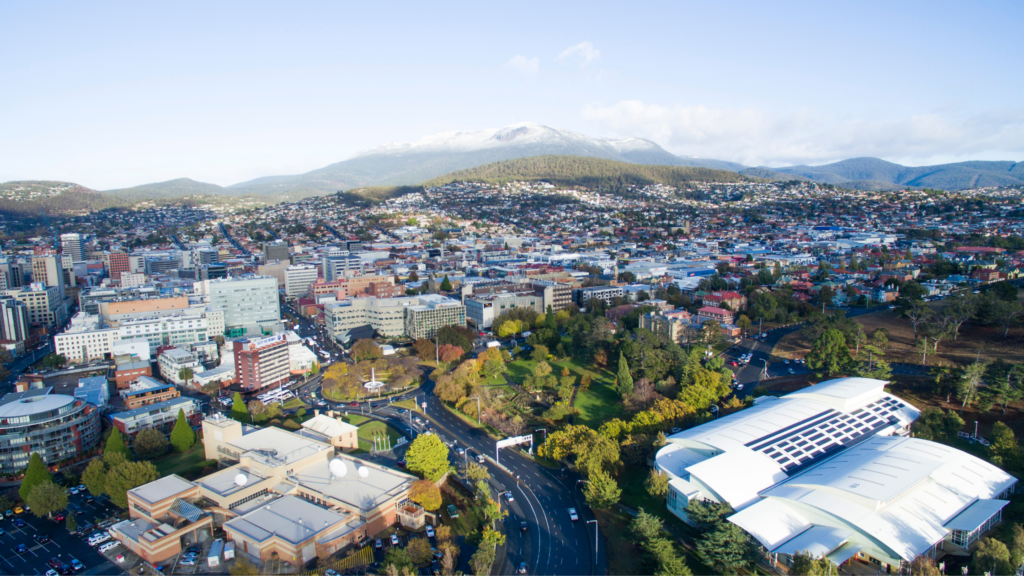
The same goes for the prediction of the property professionals for the price growth of houses for the next couple of years. While an optimistic outlook can be witnessed for most of the capital cities, perception of TAS is consistently declining. With the lowest perceived growth, survey respondents see a decrease of 3.0% in TAS from 3.4% in Q2.
Similarly, survey respondents see an increase in housing rents in Australia over the next 12 months (from 3.3% forecast in Q2 to 3.1% in Q3) and in 2 years’ time (from 3.5% forecast in Q2 to 3.8% in Q3). Despite these figures, TAS is expected to witness rents growing more slowly (2.6% vs. 4.1% in Q2).
Looking at both the data in the next 12 months and the succeeding 2 years, survey expectations for houses and rents suggest a decline in the rental growth in Tasmania–which is also eyed to be the lowest for the time being.
In terms of the new housing markets in the September quarter, First Home Buyers (FHBs) continued to be the most active participants, accounting for 1 in 2 (49.8%) of all sales (47.8% in Q2).
“FHB owner-occupiers accounted for 39.1% of total sales (35.5% in Q2) and FHB investors for 10.7% (12.3% in Q2).”
Amidst the low investor mortgage rates, the market share of resident investors increased to 16.5% (from 14.9% in Q2), but is still below the survey average which is 22.4%. Similarly, the market share of foreign buyers in new property markets also rose slightly from 2.3% in Q2 to 4.4% in Q3. Additionally, property professionals believe that the share of new property buyers in the market would rise in the next 12 months.
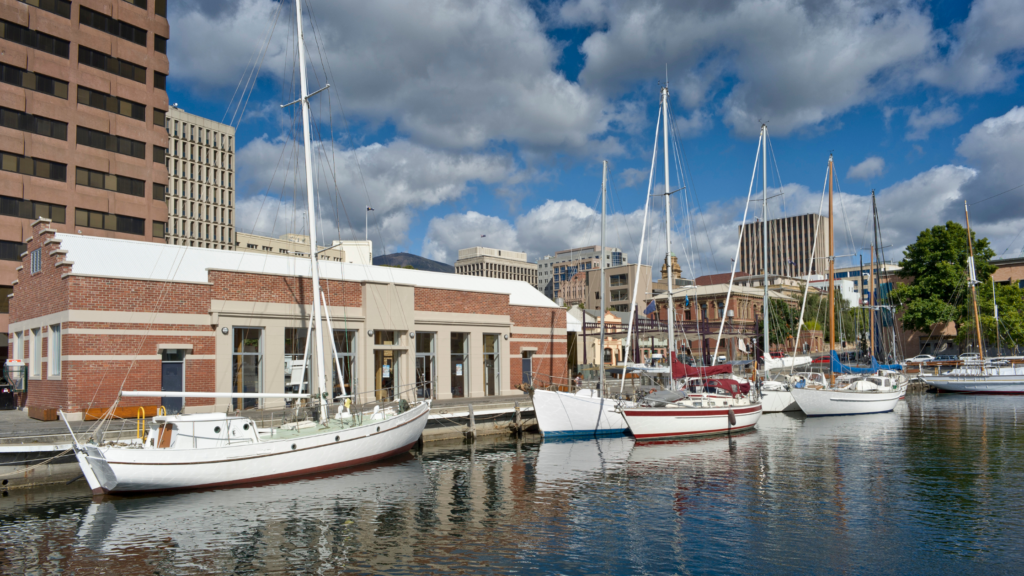
Considering these data, building costs are reportedly increasing rapidly due to the strong building demand and shortage of construction materials. Lack of development sites, building costs, and the negative impact of housing affordability were among the significant impediments in the past quarter in most states.
In established housing markets, the resident owner-occupiers (net of FHBs) continue to dominate the buying activity. While it remains below the survey average, the overall market share of these buyers increased for the second straight quarter to 43.3% in Q3 (from 41.5% in the previous quarter).
When dissected, the overall share of FHB owner-occupiers fell to 25.9% (from 28.8% in Q2), while FHB investors increased to 9.2% (8.4% in Q2). In established housing markets, the total share of local investors increased for the third consecutive quarter to 18.3% (18.0% previously) but it’s still below the survey average (20.6%). The share of foreign buyers in established housing markets, on the other hand, increased slightly to 2.2% (from 2.0% in Q2)–which is less than half the survey average level (5.5%).

As per the recent CoreLogic reports, the number of newly advertised properties remains extremely low with every capital city recording a below-average amount of advertised supply.
Property professionals claimed that lack of stock was the biggest impediment for buyers of existing property in all states. Aside from that, house price levels and employment security were among the significant constraints here.
Despite the notable disruptions in the economy caused mainly by recurring lockdowns in some of the capital cities, the housing market has remained remarkably resilient for Australia in general.
According to NAB, across all capitals, they expect a similar pattern of growth with a slowing pace of growth in the last quarter of 2021 before it slows further in 2022. “Given the outcomes in the year to date, that sees Sydney and Hobart finish the year around 28% higher.”
Patrick Berry, Director of 4one4 Property Co. was one of the esteemed 370 panellists who participated in the NAB Quarterly Australian Residential Property Q3 2021 survey. Click here for the full report.
